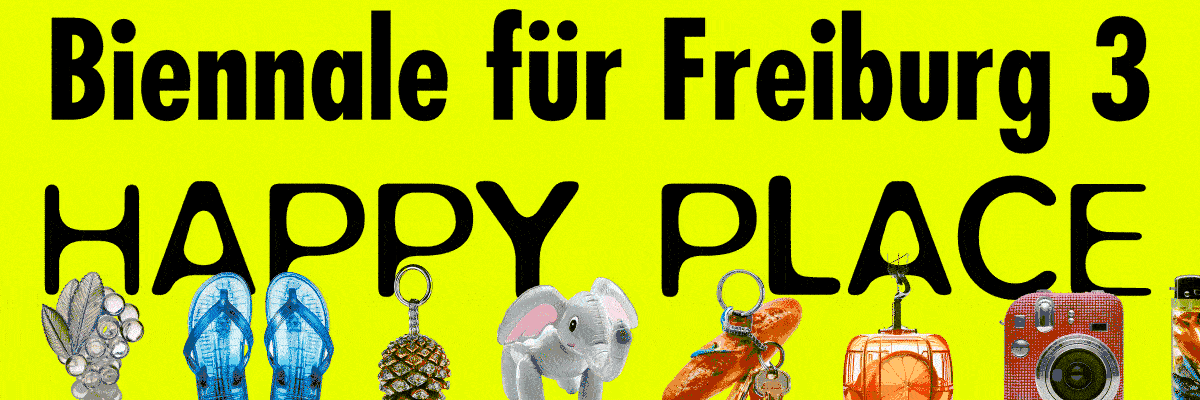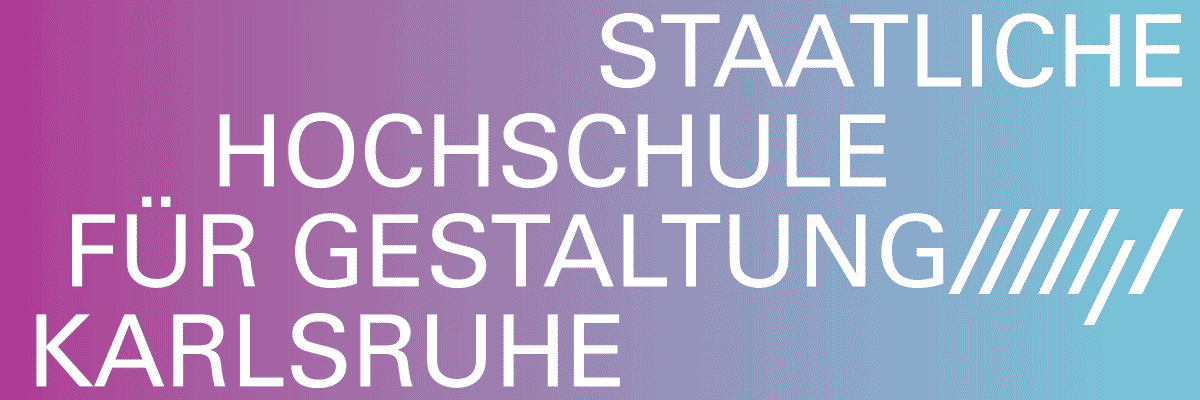
Jihye Rhii
carriers

Installation view
Advertisement

Installation view

Installation view

Installation view

Installation view

Installation view

Untitled, 2025, Rice paper, wire, crepe paper, cardboard, PE foil, acrylic glass, 114 x 49 x 30 cm

Untitled, 2025, Rice paper, wire, crepe paper, cardboard, PE foil, acrylic glass, 114 x 49 x 30 cm

Untitled, 2025, Wire, crepe paper, latex, cardboard, PE foil, acrylic glass, wood, 32 x 117 x 49 cm

Untitled, 2025, Wire, crepe paper, latex, cardboard, PE foil, acrylic glass, wood, 32 x 117 x 49 cm

Untitled, 2025 Rice paper, latex, satin ribbon, bells, cardboard, PE foil, acrylic glass, 114 x 49 x 30 cm

Untitled, 2025 Rice paper, latex, satin ribbon, bells, cardboard, PE foil, acrylic glass, 114 x 49 x 30 cm
Hence breath
Then breath
Next breath
Delicate blossoms, crafted from whisper-thin paper and tenderly mounted on slender wires,
emerge within a nearly omnivoyant still life. Motionless, yet far from silent. A moment preser-
ved—and thus remembered—encased within a transparent cuboid; its interior lined with card-
board and latex, partially shrouded in foil, held both in place and apart. Protected, demarcated.
Deemed worthy! Flowers rise confidently skyward—luminous, upright. Elsewhere, others lie
still, reduced to stems—slumped, burdened, beautiful in collapse. Is this an ending?
A farewell? Or part of a continuous, cyclical dance?
The sculptures gesture toward a presence that has quietly slipped away, reflecting the artist’s
deep engagement with familial relationships, life stories, and the transcience and therefore
mutability of memories across overlapping temporalities. “We don’t know how many layers
of time have passed,” spoken at the beginning of one of her films, evokes a stratified notion of
time—accumulative rather than sequential, recursive rather than linear, porous rather than
fixed… Within this framework, the grandmother is invoked as an archetype: a point of connec-
tion, of care, a life-bringer and storyteller—carrier of cycles, perhaps, or simply of continuity?
States continue to shift, from containment to sensation. What was once enclosed becomes di-
spersed: in the adjacent room, the air is noticeably cool. A subtle yet persistent scent permea-
tes the air—unmistakable, almost intrusive. What lingers where presence fades?
A palpable tension remains—hovering between aliveness, substitution, and regeneration. Per-
haps what might become perceptible in this in-between state is not a clear image, but a trace: a
temperature, a rhythm, a breath—something felt rather than seen. Drawn from Autobiography
of Death, a collection of 49 poems by Kim Hyesoon, Asphyxiation serves as both the entry and
exit point of this text. Each poem marks a day in the forty-nine-day journey a spirit undertakes
after death, before transitioning into reincarnation. But what, in absence, can truly be carried?
What can be reconstructed, revisited—rebreathed? And what is it, exactly, that we choose to
remember in the midst of change?
Death breathes and you dream but
it’s time to remove the ventilator from death
it’s time to shatter the dream with a hammer
—Kim Hyesoon, Asphyxiation (Day Forty-Six)
Theresa Roessler



